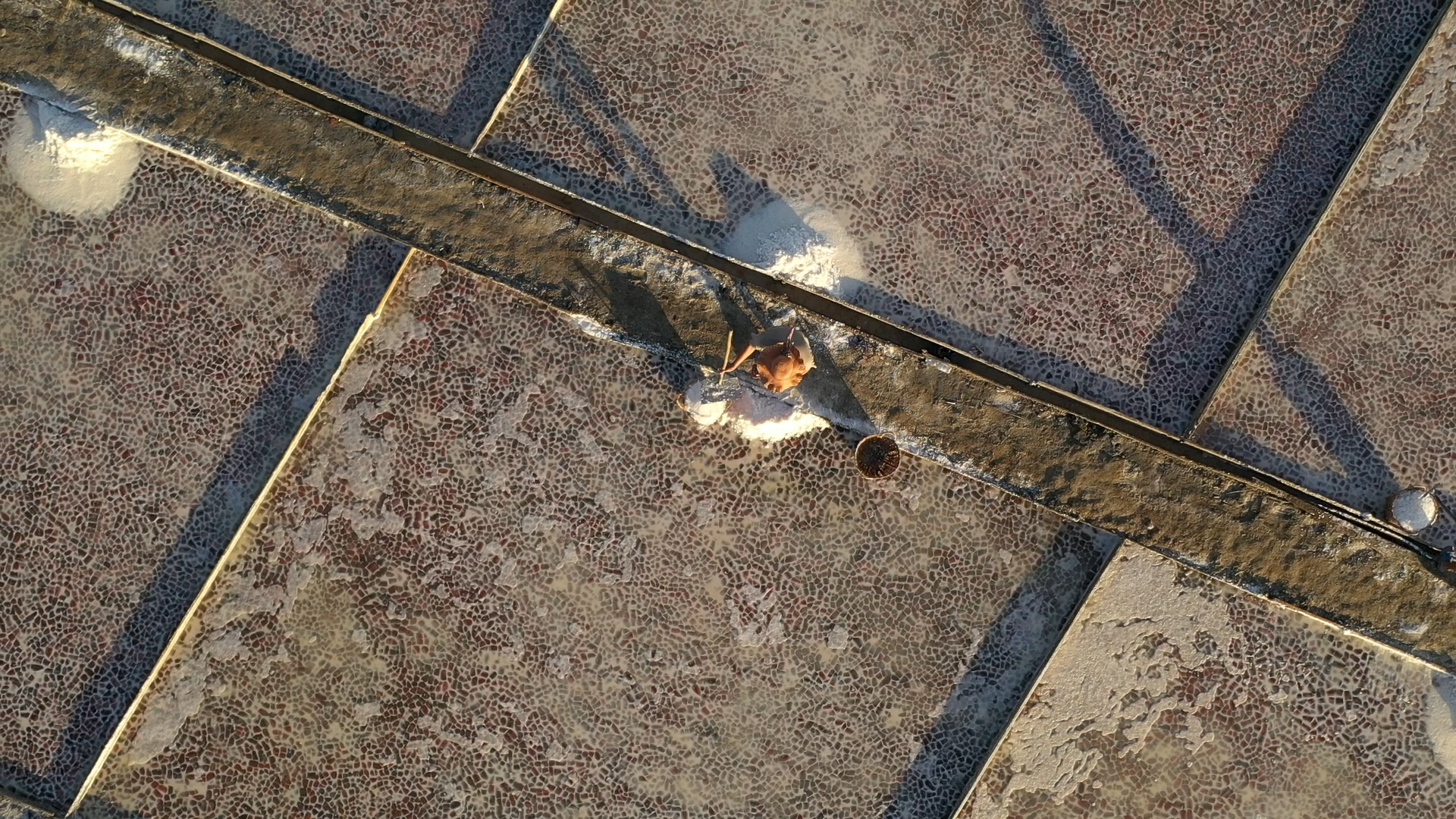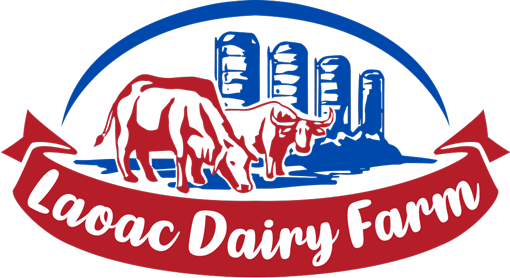LINGAYEN, PANGASINAN — The town of Dasol in the western part of Pangasinan, is still the province’s top salt producer.
In 2021, Dasol produced 24,000 metric tons (MT) of salt from its more than 10,000 banigan (salt beds) located in 13 of its 18 villages, according to the data gathered by the Office of the Provincial Agriculturist (OPAg) here.
A banigan measuring 5.5 meters (18 feet) by 6 meters (20 feet) produces about 30 sacks of salt, each sack weighing 60 kilograms.
Dasol’s production that year was 37.4 percent of the province’s total production of 64,156.36 MT.
Dasol’s salt farms are located along the Maasin River, one of the rivers cutting through the town that flows to the Dasol Bay and to the West Philippine Sea.
Salt-making has been one of the town’s major sources of livelihood here in the last eight decades.
Next to Dasol is the town of Bolinao, which produced 12,240 MT of salt from its salt beds in the villages of Victory, Pilar, and Zaragoza.
But 98 percent (12,000 MT) of the town’s salt production that year came from a 473-hectare salt farm operated by Pacific Farms Inc. in Barangay Zaragoza.
The salt farm, which was the country’s largest salt producer, has stopped production after the Department of Environment and Natural Resources (DENR) shut it down in 2021 because its foreshore lease contract had long expired.
Nestor Batalla, assistant provincial agriculturist, said that by October this year, the farm will start producing salt again after the provincial government took over its operations.
Last December, Gov. Ramon Guico III signed a memorandum of agreement with the DENR for the “interim management” of the area for salt production and other related activities, such as bangus production.
Salt production usually takes place during the dry months from November to May. It is during this period when salt farmers take advantage of the sun’s heat to produce salt.
Through the heat, the salty water allowed to flood the salt beds in the morning, evaporate and leave behind salt crystals, which are harvested and stored in warehouses for processing.
Other salt producers in western Pangasinan are Alaminos City (5,208 MT), Bani (4,617 MT), and Anda (3,750 MT).
The town of Infanta produced about 9,622.8 MT of salt in 2021, but not from salt beds. The salt was produced by boiling leached brine, a salt production method that is also practiced in the towns of Anda, San Fabian, and Mangaldan.
At present, Batalla said, Pangasinan salt farms’ total area is 1,432.4 hectares, and about 1,034 individuals are engaged in salt production.
(PangasinanPIO)























